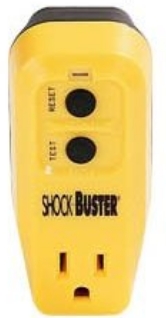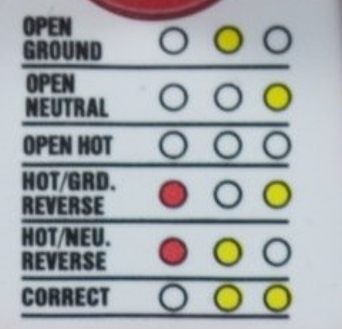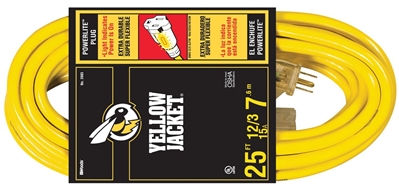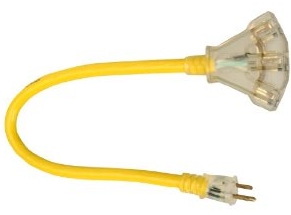One major consideration is does the venue's electrical power provide ground circuit fault interruption? Basically, this protection cuts the electricity in the event that a ground fault is detected. Put another way, it keeps musicians who inadvertently touch something as innocuous as a microphone stand from getting fried in the even that there is a fault. If you want an excellent description of what the term means and why you should know about it, read this excellent article titled, How does a GFCI outlet work?
One approach is to install GFCI adapters like this one directly into the venue's outlets before plugging in your own electrical cords into the power source.

While the surge protectors and power conditioners protect my equipment (amps, PA, etc.), this ground fault condition indicator protects the musicians who use and adjust the amps and PA. This is an especially important safety feature when you are setting up at various venues over which you have no control over how safe outside power outlets are. And in some cases, your power source is an inside outlet that is reached with an extension cord.
Operation is simple: plug it onto the power outlet. Use the test button to ensure that the adapter's GFCI function is properly working, then plug your power cord into the adapter. If it trips, the reset button will restore power. And if it does trip, it means that a potential safety hazard was avoided.
In fact, that is a prudent thing to do and something I recommend. However, there is another measure that can be used in conjunction with the GFCI adapter: a GFCI tester like this model:

Not only will this inexpensive tester check out whether or not you have functioning GCFI protection, but it will also test the electrical power for other problems, such as hot grounds, opens, and other conditions that could fry equipment and people. What I like is you need not be technical to use it. Unless you get a Correct indication like what is shown in this picture, the outlet is unsafe.

For both inside and outside cabling I use Yellow Jacket 12/3 15-amp extension cords. It is heavy gauge and suitable for outdoors contractor work, so is perhaps overkill inside, and probably even for outside stages, but is sturdy and safe.

The lighted ends are nice features for dark or dim stages (or outdoors runs from an inside outlet to a makeshift stage). This can be used to extend the distance from an outlet to one of your power conditioners like the Furman rackmount discussed in A shocking subject - Part 1, or the Tripp Lite TLM825SA, also discussed in that post - or whichever type of protection you are using.
Another way is to run the extension cord from the power conditioner or surge protector outlets to various amps and other gear requiring power. Personally, with models ranging from 25 to 100 feet, the Yellow Jacket 12/3 15-amp extension cords are too long for the latter strategy. For running extensions from individual outlets in the Furman rackmount or the Tripp Lite TLM825SA I much prefer the 2 foot Yellow Jacket 12/3 15-amp extension:

Regardless of which actual products you use (I gave examples based on what I personally use), stage and studio safety are important topics. Unfortunately, they are rarely thought about until after an accident or incident occurs. I hope this post creates an awareness before that happens. It costs a lot less than most of the components you are protecting to purchase these items, and if the case of a human life - there is no price tag than can be put on one of those.
No comments:
Post a Comment